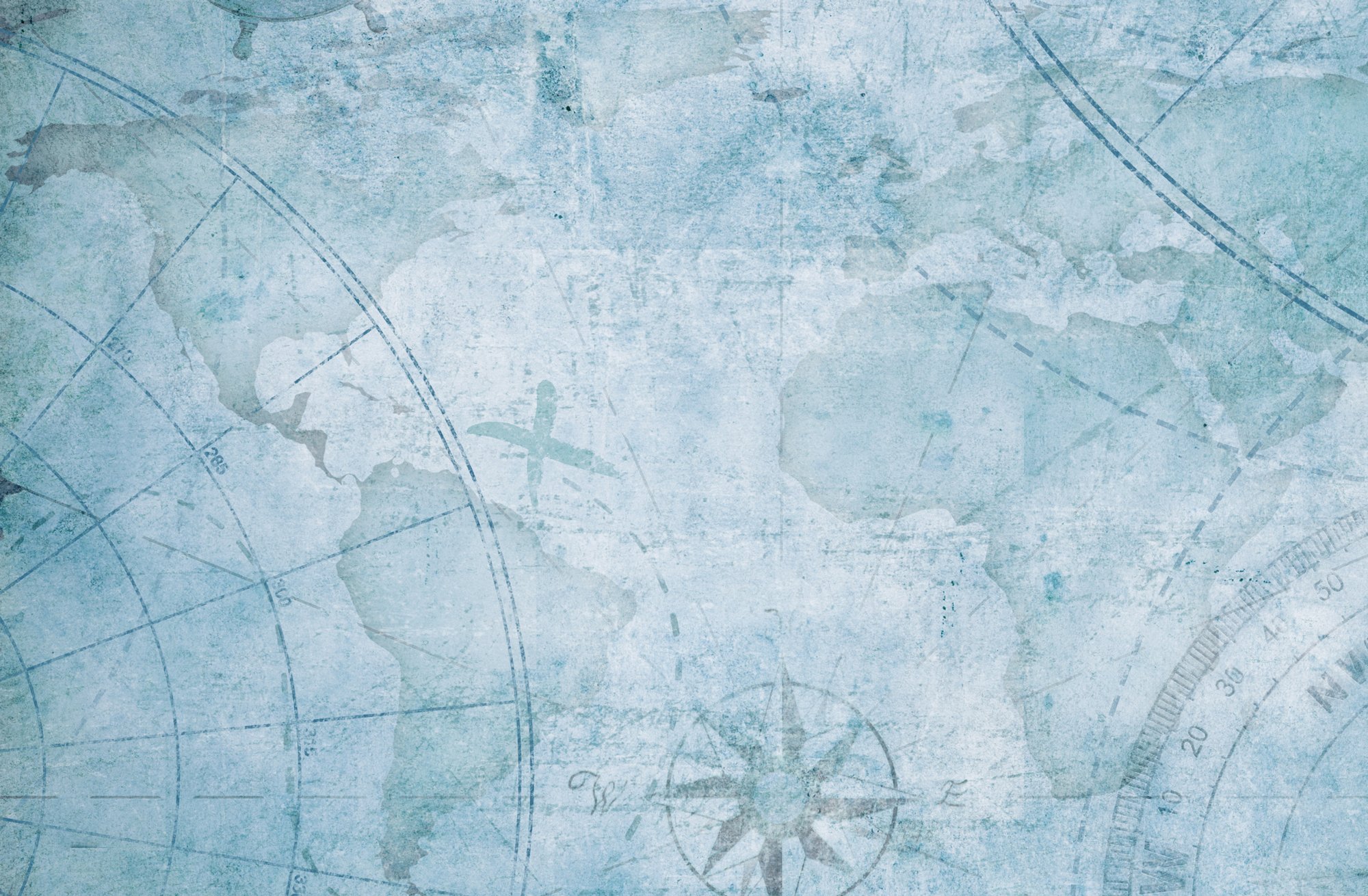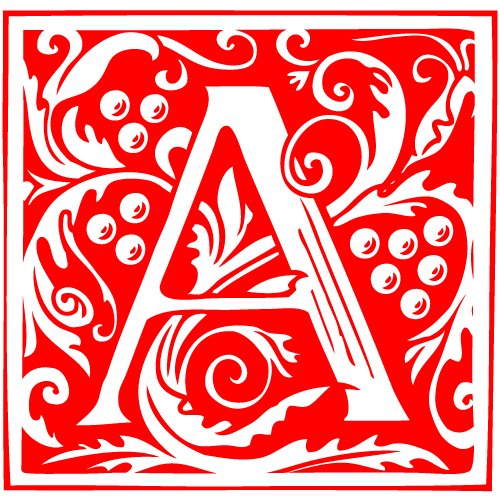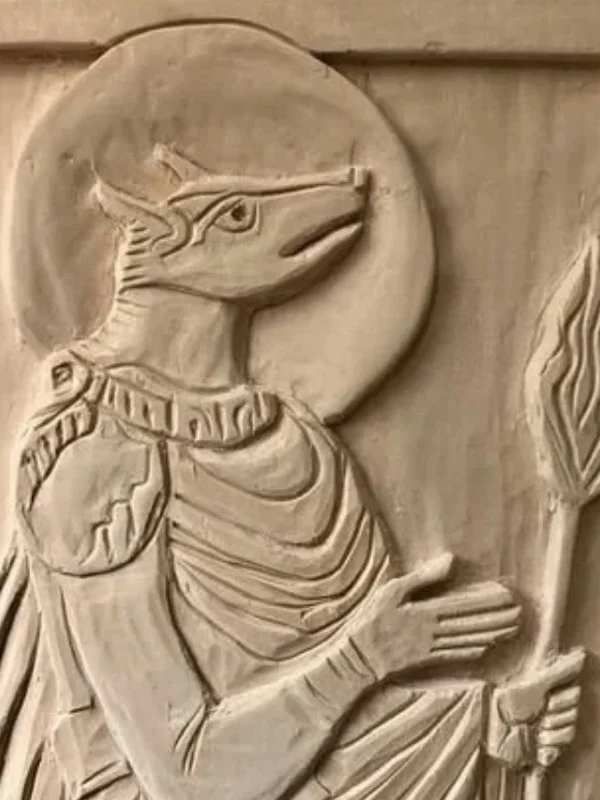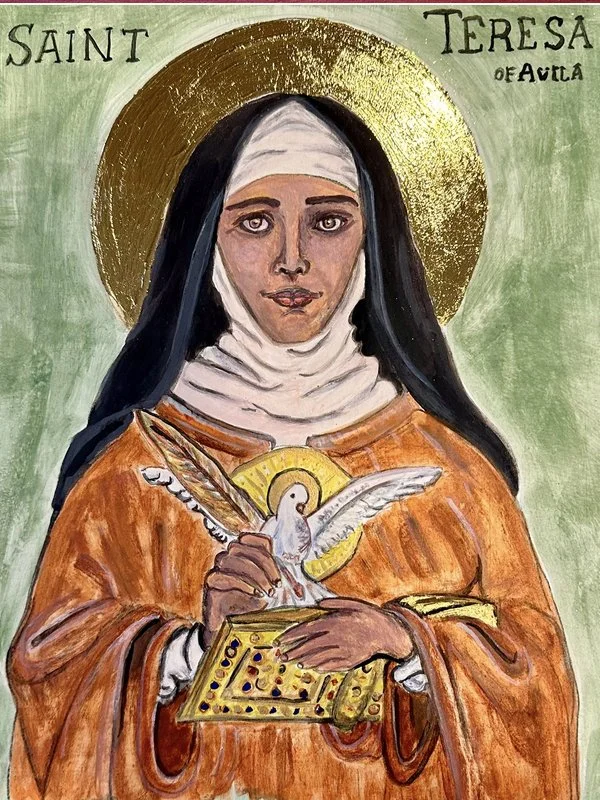Iconography
Imagine
Iconography is more than image-making. It is the art of giving form to what is unseen—symbols, archetypes, and inner realities made visible. On this page, you will find a living gallery: a reference for study, an inspiration for imagination, and an illustration of how creative expression carries us beyond words into the luminous language of images.
Each icon, whether painted, sketched, or envisioned through digital and mixed media, stands as a threshold between worlds. Icons are not simply decorations; they are doorways—windows through which the soul gazes toward mystery. They invite contemplation, stir memory, awaken archetypal currents, and anchor spiritual presence in form and color.
This collection is offered as a resource for:
Reference — for students, seekers, and artists who wish to learn from the lineage of symbolic art, and to recognize recurring forms in cultural and psychological traditions.
Inspiration — for dreamers, storytellers, and makers of all kinds, who may discover in these images a spark for their own creative process.
Illustration — for those who long to see how imagination takes shape, how myth, dream, and psyche can be rendered into a visual language that transcends explanation
“Iconography, good iconography, strives to convey invisible reality in a visible form.” ― Peter Pearson

A Living Gallery
The icons presented here are not bound to a single tradition. They carry whispers from Orthodox gold-leaf saints, the living forests of fairytales, the alchemical laboratory, and the dreamscapes of modern imagination. Each one is a prayer in form, a meditation in color, a bridge from psyche to spirit.
May you find in this iconography page not only a gallery to behold, but also a mirror for your own journey—a reminder that the soul speaks in images, and that every creative act is an icon in its own right.
Christ Pantocrator
The gaze that sees all and holds all. In this carved face, the stillness of eternity meets the intimacy of recognition. His eyes are direct, neither condemning nor condoning, but calling forth truth. This icon of Christ Pantocrator — “Ruler of All” — reminds us of the deep order beneath chaos, a presence that both judges and heals, holding the world in unshakable love.
St. Christopher, the Cynocephalus
A saint with the head of a hound, bearing the light of Christ. This image unsettles and fascinates. The human robed in sanctity, yet crowned with the head of a beast, reveals the mystery of our shadow and instinct. Here holiness and wildness are not opposites but companions. The Cynocephalus invites us to recognize the sacred within what seems most strange, to let even the animal within us be transfigured by light.
St. John the Evangelist
The beloved disciple, aflame with vision. John holds the gospel, but the fire crowns his head and the eagle spreads its wings. He is not only writer but seer, opening the Word that was in the beginning. In this icon, the Evangelist is young, alive with spirit, reminding us that revelation is always fresh, always burning, always asking to be spoken anew.
St. Kateri Tekakwitha
The Lily of the Mohawks, a witness of gentle strength. Braided hair, earth-toned dress, and the sacred medicine wheel in her halo — Kateri embodies the meeting of cultures, the weaving of traditions. She clutches the cross as devotion. This icon invites us to consider how faith can take root in every soil, and how sanctity can blossom even in lives marked by hardship and loss.
St. John the Forerunner
The forerunner, hewn in process.
Here the Baptist emerges in raw, unfinished lines. The wood still bears the marks of the chisel, reminding us that sanctity too is a work in progress. His downward gaze is both sorrowful and knowing: “I must decrease, that He may increase.” Even in half-formed state, the prophet speaks.
St. Teresa of Ávila
The mystic of fire and feather. Teresa gazes steady, book in hand, dove in flight. She is the contemplative who would not be silenced, the woman whose ecstasies re-ignited the Church with flame. This icon captures her paradox: fierce reformer and gentle bride of Christ, grounded in the Word yet lifted on wings of Spirit. She reminds us that true prayer both roots us and sets us ablaze.
Archangel Raphael
The healer who guides, restores, and carries remedies unseen. Raphael’s presence is gentle yet mighty, bearing the staff and the medicine of heaven. He reminds us that healing is not only of the body but of the soul, that we walk with companions seen and unseen. This icon becomes a prayer for restoration — of health, of hope, of right relationship with the Source of life.
St. Francis of Assisi
The saint who made kin of every creature. Francis stands with the birds, the flowers, the rocky wilderness — as their brother. The wounds of Christ are inscribed on his hands, yet he cradles the smallest bird with tenderness. This icon radiates the Gospel of simplicity: that to love creation is to love the Creator, and to live in poverty is to live in abundance.
St. Edith Stein
Philosopher, martyr, and witness to the mystery of the Cross. Edith’s icon holds tension: Jewish star upon her chest, Carmelite robe upon her body, the machinery of Auschwitz in the background. She carries philosophy in one hand, faith in the other, crowned with a halo of resistance and surrender. This icon refuses to reconcile too quickly — it asks us to see her as she was: thinker, seeker, sufferer, saint.









